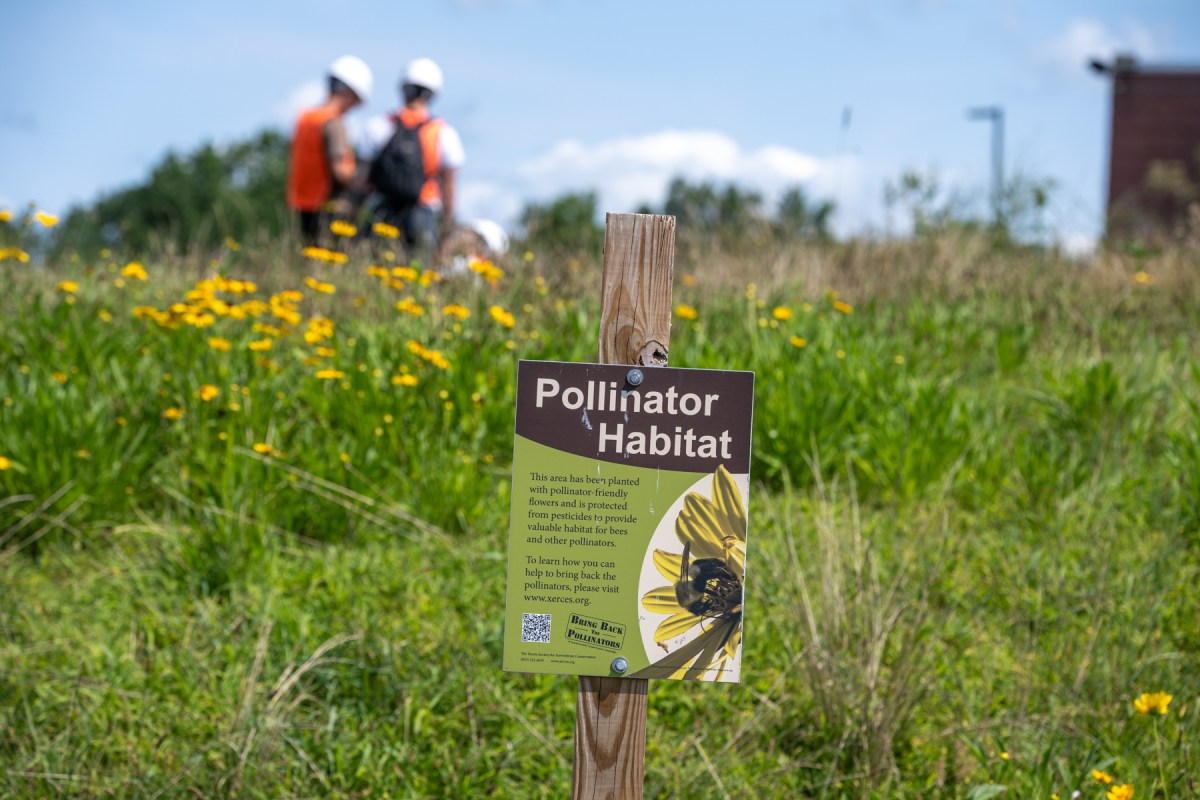“Many times the kids tell stories of their families being sick,” writes a Grade 3 teacher in the Sandy Lake First Nations community in Ontario.
The teacher is talking about diabetes and finds the eight-year-olds have heard of it. She is one link in the Sandy Lake Health and Diabetes Project, conceived in 1991 to increase physical activity and encourage healthy eating in the aboriginal community. Sandy Lake now has better walking trails, better access to healthy food and better education.
The project — which is a collaboration between the local First Nation Band Council and University of Toronto researchers — is a good example of how grass roots enthusiasm can improve aboriginal health.
In Quebec, a similar initiative — The Kahnawake Schools Diabetes Prevention Project — teaches children how to avoid diabetes.
Diabetes is three to five times more common in First Nations people than in the general Canadian population. It is one of many modern illnesses that strike hard in this community. Why? Although genetic differences may play a small part, the culprits are the same ones that affect us all.
“Low activity levels, excess calories, processed foods and stress are toxic to everybody,” says Dr. Anthony Hanley (PhD), Canada research chair in diabetes epidemiology at the University of Toronto. “They result in diabetes and obesity. It is happening quicker in indigenous and marginalized populations.”
Often appalling living conditions make healthy choices difficult: “It is not a simple matter of genetics,” agrees Dr. Malcolm King, scientific director of Aboriginal Peoples’ Health at the Canadian Institutes for Health Research, who is based at the University of Alberta in Edmonton. “Look to the environment for underlying causes.”
Poverty, overcrowded housing, lack of running water and lousy access to health services and supplies are the roots of the problem, he says. He believes research and development are needed in improving these basic needs.
“Such research will allow us to better design programs to reduce the vulnerability of aboriginal populations to diseases for which the underlying causes are social factors that are considered in countries such as Canada to be the rights of all individuals.”
As in the case of Sandy Lake, positive change has to come from within. “The critical factor in all of this is to meaningfully involve First Nations, Inuit and Metis communities in the design and delivery of programs and research that affect and can have direct impacts on their well-being,” says King.
Says Hanley: “Encouraging things are starting to happen at the community and national levels. We need to do our best to maintain that momentum and encourage more research partnerships.”
















